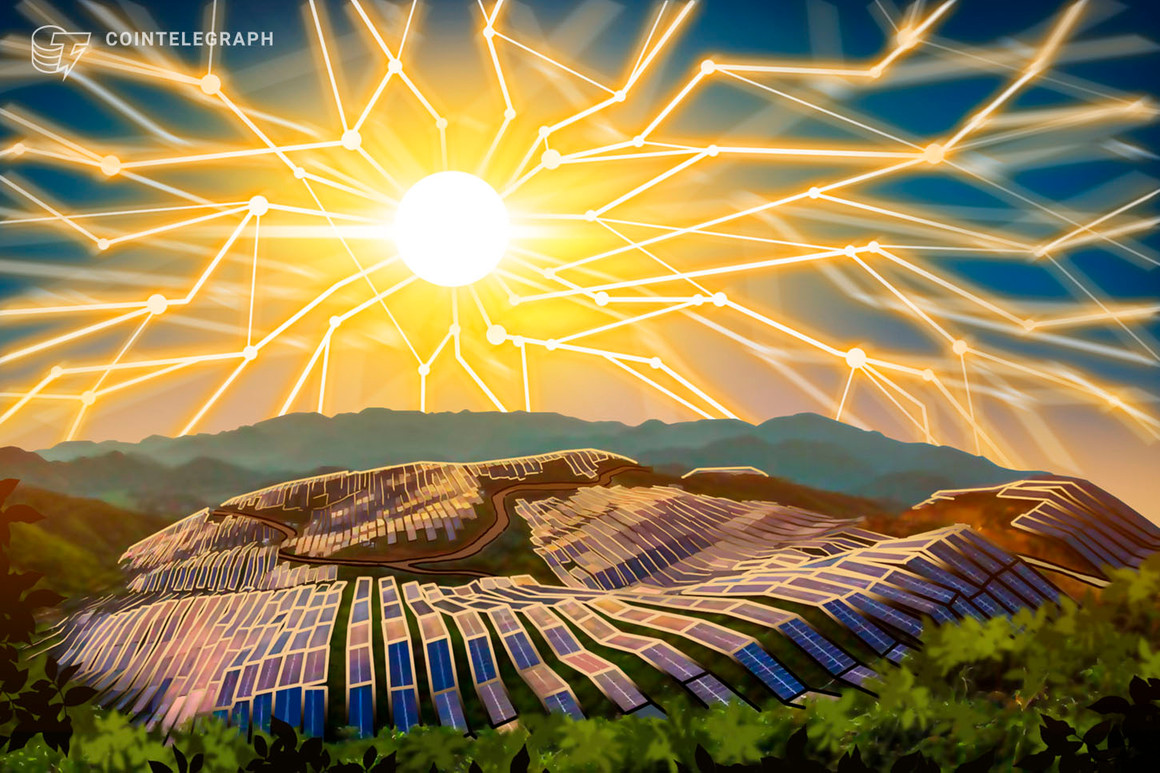On Friday, cryptocurrency storage company Blockstream and Block Inc. (formerly Square) announced the construction of a solar-powered Bitcoin (BTC) mining facility in Texas. As told by Blockstream, the mining site will be outfitted with 3.8 megawatts (MW) of electrical capacity using Tesla’s Solar photovoltaic cell array and 12 an MWh Megapack.
Manufactured by Tesla Energy, Megapack is a powerful lithium-ion battery that provides energy storage and support. In context, one of the leading publicly listed Bitcoin mining companies, Hut 8 Mining, has about 209 MW in total contracted mining capacity. The purpose of the venture is to investigate the feasibility of operating a zero-emission energy Bitcoin mine. Blockstream and Block began collaborating on the project last June, with Block promising to invest $5 million for its construction.
In addition to its physical construction, the teams at Blockstream and Block will build a publicly accessible dashboard to report on the project’s economics. Key metrics will include power output, number of Bitcoin mined, storage performance, total uptime, expenses, return on investment, etc. It will be accessible 24/7 from any browser.
While solar Bitcoin mining is theoretically carbon-neutral, there is a great deal of controversy within the crypto community about its practicality. In June 2021, Braiins, the world’s oldest Bitcoin mining pool, published a feasibility analysis on using solar energy to mine Bitcoin and concluded that it was not profitable, even when considering near-free electricity costs and recycling surplus energy during peak sunny hours. Braiins’ chief marketing officer Kristian Csepcsar is also an outspoken critic of solar Bitcoin mining, pointing out that traditional metrics to evaluate its “environmental friendliness” doesn’t account for variables such as the production of “brutally” harmful chemicals during solar panel manufacturing.

